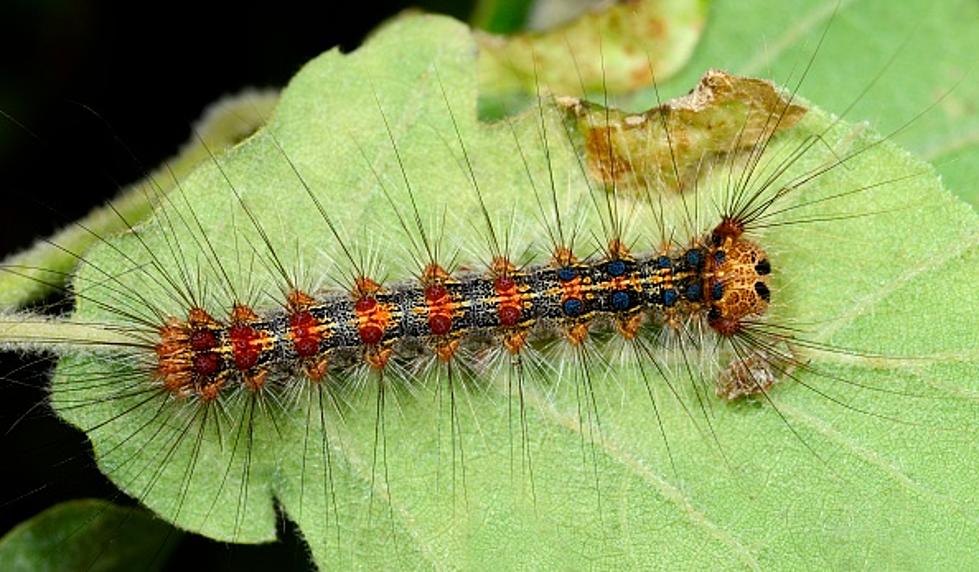The Forest Sustainability Program is millage funded and provides for the identification, suppression, public education, and monitoring of the Spongy Moth and other non-native invasive species that cause economic damage and reduce the quality of life in Bay County.
2024 treatment for Emerald Ash Borer will most likely happen in June, but specific dates are to be announced. For more information about the treatment, or upcoming future treatments, please check this LINK.
2024 Bay County Spring Aerial Treatment to Control Spongy Moth
Aerial Treatment to control Spongy Moth in Bay County will be taking place most likely in the month of May. Specific dates will be announced in the future. For more information about the treatment, please check this LINK
What is a Spongy Moth?
 | Introduced into the United States from Europe in 1869,the Spongy Moth, formerly known as the Gypsy Moth, is an invasive non-native insect with larvae that feed on many North American trees and plants. Spongy Moth caterpillars prefer oaks and aspen, but are known to feast on more than 300 species of tree and shrubs. The caterpillars have insatiable appetites and can defoliate trees causing them to be vulnerable to diseases and other pests which can eventually kill the tree. Since their introduction into the United States, the Spongy Moth has spread throughout the eastern seaboard, south into Georgia and west into Wisconsin and Missouri. The Forest Sustainability Staff work to monitor and treat for this damaging invasive pest in order to protect our valuable trees throughout Bay County. |
Fall and Winter Spongy Moth Egg Mass Monitoring (September to January)
| 
| The Forest Sustainability Program will perform their routine egg mass monitoring in the fall and winter months of 2023. This monitoring will help determine the areas that will require spring treatment in 2024. Spongy Moth male trap monitoring done throughout this past summer have shown that there are a few areas in Bay County where Spongy Moth populations are still active. Check out our detailed 2024 Treatment Map which shows areas where higher numbers of Spongy Moth egg masses were found during the last fall monitoring. Areas with more than 300 egg masses per acre were scheduled for treatment in spring of 2024 where allowed. |
